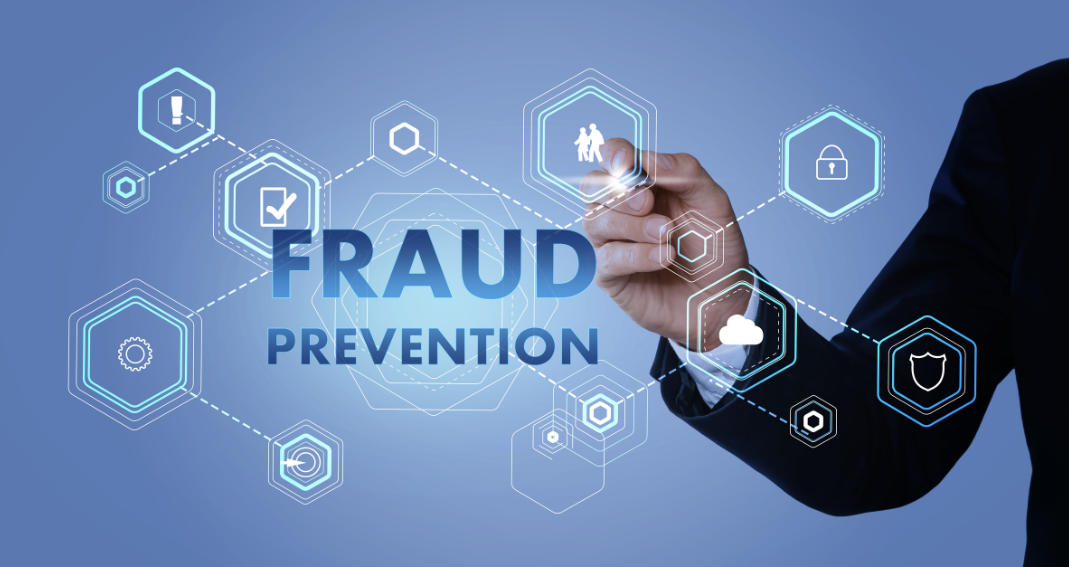As Environmental, Social, and Governance (ESG) considerations become central to investment decisions, the specter of ESG fraud looms as a potential threat. Deceptive practices, such as greenwashing, impact inflation, and misleading reporting, can undermine the integrity of ESG commitments and obscure responsible investing efforts. In this blog post, we delve into various types of ESG fraud, offer real-world examples to shed light on each, and highlight common red flags investors and stakeholders should be vigilant about.
1. Greenwashing: The Mask of False Sustainability
What It Is: Greenwashing refers to the deceptive practice of exaggerating or misrepresenting a company’s environmental efforts to appear more sustainable than it actually is.
Real-World Example: An energy company promotes its “green” energy initiatives but fails to disclose that the majority of its energy production comes from non-renewable sources.
Red Flags:
- Vague or generic sustainability claims without specific details.
- Use of ambiguous terms like “eco-friendly” or “green” without substantiation.
- Lack of transparency in disclosing environmental practices and impacts.
2. Impact Inflation: Inflating Social and Environmental Outcomes
What It Is: Impact inflation involves overstating the positive societal or environmental impact of a company’s activities.
Real-World Example: A company claims to have donated a significant portion of profits to charitable causes but inflates the actual donation amount.
Red Flags:
- Lack of verifiable evidence or documentation of claimed impacts.
- Discrepancies between reported impact and measurable outcomes.
- Claims that are too good to be true without adequate supporting data.
3. Misleading Reporting: Fudging ESG Disclosures
What It Is: Misleading reporting involves presenting ESG information in a way that misrepresents the true state of a company’s practices.
Real-World Example: A company reports lower carbon emissions by excluding emissions from its supply chain and only focusing on direct operations.
Red Flags:
- Selective reporting that omits relevant ESG information.
- Lack of alignment between reported data and independent assessments.
- Difficulty in verifying data due to inadequate disclosure or lack of transparency.
4. Phantom Projects: Fictitious ESG Initiatives
What It Is: Phantom projects involve fabricating or exaggerating ESG initiatives that do not actually exist or have minimal impact.
Real-World Example: A company claims to have undertaken extensive water conservation projects, but these projects are not backed by tangible evidence or results.
Red Flags:
- Lack of documentation or proof for claimed ESG projects.
- Inconsistencies in reporting over time or across different sources.
- Disproportionately high claims of ESG efforts without corresponding outcomes.
5. Social Equity Shortfalls: Overlooking Human Rights
What It Is: Social equity shortfalls refer to companies that claim strong social practices while ignoring human rights violations within their operations or supply chains.
Real-World Example: A fashion brand promotes its fair labor practices but is exposed for exploiting workers in its overseas factories.
Red Flags:
- Lack of comprehensive reporting on labor practices.
- Claims of ethical treatment without third-party verification or audits.
- Reports of unethical labor practices in the company’s supply chain.
Conclusion: Vigilance in the Pursuit of Responsible Investing
ESG fraud poses a significant challenge to responsible investing. As the ESG landscape continues to evolve, investors and stakeholders must remain vigilant to distinguish genuine commitments from deceptive practices. Scrutinizing claims, demanding transparency, and seeking independent validation are essential to uncovering ESG fraud. By holding companies accountable and fostering a culture of transparency, responsible investors can help maintain the integrity of ESG principles and contribute to a more sustainable and equitable future.

